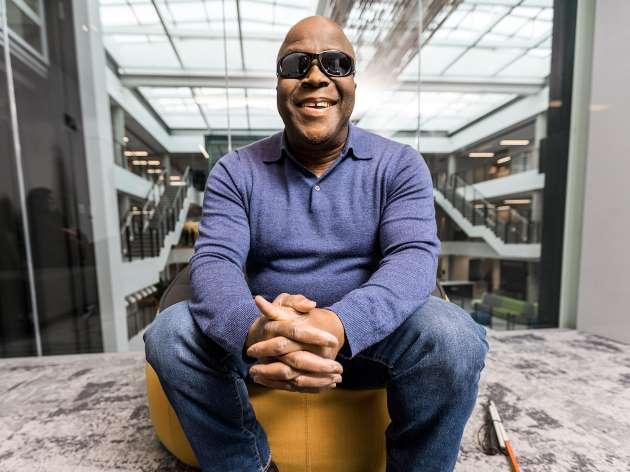
Global technology companies increasingly realize that they have a responsibility to help consumers and all other stakeholders to inspire social impact through technology and innovation.
To that end, Microsoft says it is empowering people and organizations through building an intelligent cloud, reinventing productivity and business processes and making computing more personal. In its 2018 CSR Report, the tech giant describes how it is doing what it can to meet its commitment to the company’s mission.
Maintaining Privacy and Data Security
Microsoft insists that is focused on maintaining the timeless value of privacy and preserving users’ ability to protect their data. The company’s product development and privacy practices are built around six principles:User control: Provide user-friendly tools and clear choices to put people in control of their privacy.
Legal protections: Respect local privacy laws and fight for the protection of users’ privacy as a fundamental human right.
Transparency: Be vigilant when it comes to being transparent about data collection and use so users can make informed decisions.
No content-based Targeting: Avoid the use of email, chat, files, or other personal content to target ads.
Security: Protect data that users can trust that the company will protect their personal information through strong security and encryption.
User benefits: Ensure that the company only uses data to benefit users and improve their experiences.
Increasing Accessibility
Microsoft claims it will continue to design products and services that are accessible to more than one billion people around the world with disabilities. The company says it considers inclusion in product design, workforce and culture to ensure that its technologies empower people of all abilities.Features such as “Accessibility Checker” are a part of its various software programs that analyze the user’s material and provide recommendations alongside the document, helping people with disabilities understand how to fix errors and create more accessible content over time.
The “Alternative Text Tool” provides a description for an image or an object so that a blind or visually impaired person can understand the content. Automatic Alternative Text leverages intelligent image analysis powered by the Microsoft Computer Vision Cognitive Service to give suggestions for alt-text descriptions for images, which can be understood by people with blindness.
Other innovative accessibility enhancing features include the Edge Reading Mode, which allows flexible text spacing and has a read aloud option. This works well for people who have trouble focusing on content that is spaced tightly together, or need content to be read aloud to improve comprehension.
Supporting Digital Skills and Career Pathways
From basic digital literacy to advanced computer science technologies, Microsoft says it promises to offer opportunities to learn digital skills so people and communities that lack access are equipped for the jobs of the future.Through cash grants, technology and resources, the company supports in-school programs like Technology Education and Literacy in Schools (TEALS) and nonprofits like Code.org, to help increase the number of young people who have access to computer science education.
In partnership with Code.org and others, Microsoft encourages US states to provide access to computer science education and count such courses toward math and science credits required for graduation.
The company works with over 150 nonprofits across 60 countries to help engage more than three million young people with computer science learning experiences.
Human Rights
Microsoft says it adheres to international standards and partners with human rights organizations to ensure that every citizen is respected—from its employees, to its suppliers and to communities worldwide.The company aims to conduct best-in-class human rights impact assessments on its salient human rights actions, along with emerging trends in business and human rights.
In his letter to shareholders, Microsoft CEO Satya Nadella said, “We are grounded in creating local economic opportunity in every community, helping to unlock the power of technology to address our customers’ most pressing challenges.”
Source and Image: Microsoft
Vikas is an MBA with 25 years of managerial and entrepreneurial experience. He is the author of “The Power of Money” (Scholars, 2003), a book that presents a revolutionary monetary economic theory on poverty alleviation in the developing world. Vikas runs a digital content development company, and personally loves to write on global sustainability issues.














